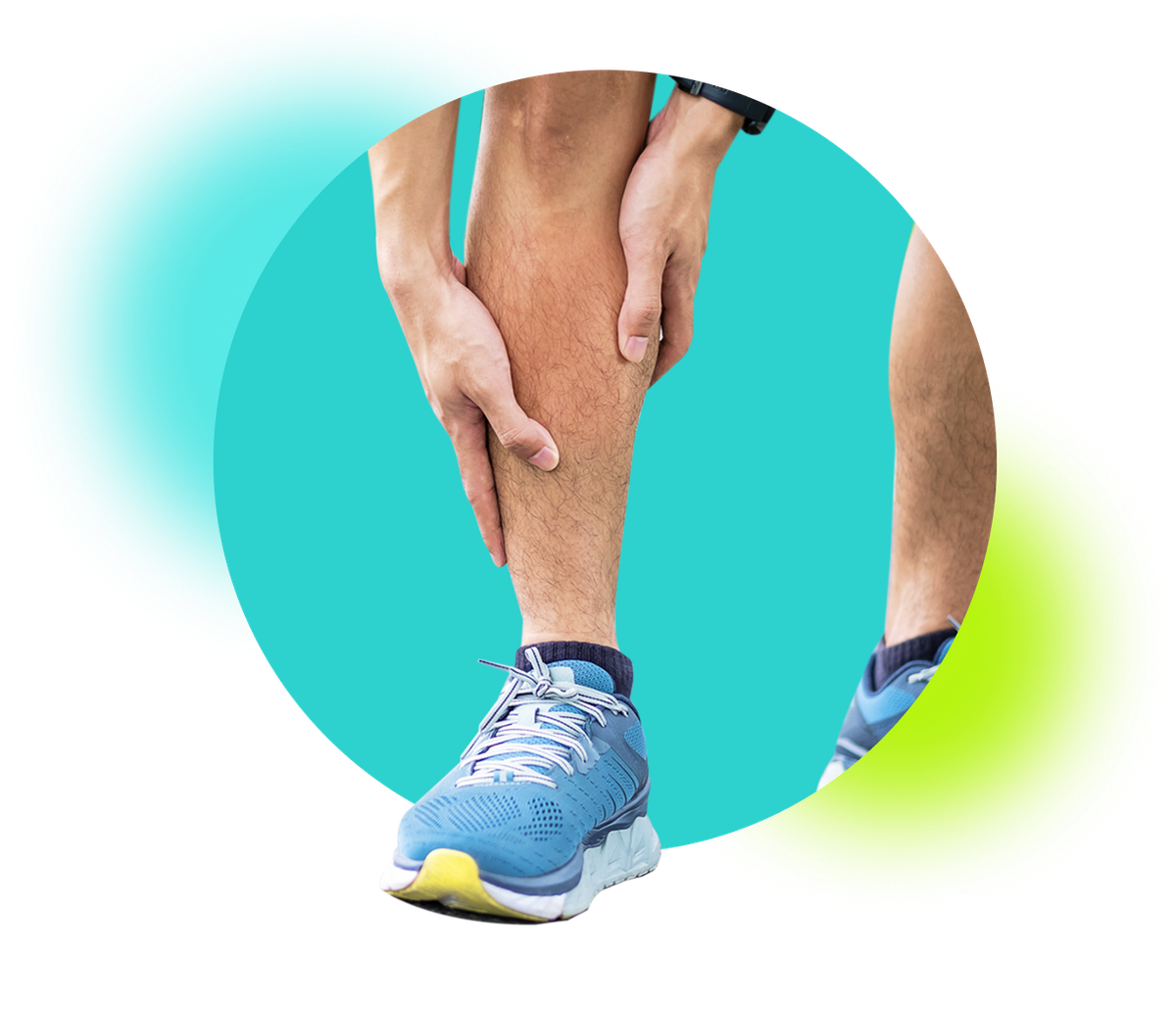Medial (inner) shin splints treatment plan
We guide you safely from the moment your shin starts hurting all the way back to running.
Regular strength training
7 progressive stages
Video instructions
Research-based injury treatment plan
Research shows that the most effective exercise-based treatment plan for medial shin pain should include exercises to improve ankle and hip muscle strength and control.
Certified treatment plan
The stages of your recovery
The workout intensities have to increase as your injury heals to regain your full strength. The app helps you progress correctly by setting clear targets at each stage.
7
progressive stages
13-24
weeks for recovery
Shin splints recovery tailored to you!
- Evidence-based exercises with video demonstrations.
- Clear guidance on repetitions, sets, and how often to do them.
- The app adapts the rehab plan based on your feedback.
- Workouts start with easy, low-load exercises and progress over time to help you gain full strength and mobility.
- Each stage has clear rehab targets to help you progress safely.
- Finally, ease back into running with a run-walk plan.
Start the shin splints treatment plan!
Get the Exakt Health app
- Certified as medical device
- Based on latest research
- Built by sports physios
Rehab made affordable
Start your shin splints treatment plan today. The first 7 days are free.
Afterward, you can choose between 1-month, 3-month, or 6-month full access to all rehab plans in the Exakt Health app.
1 month for £12.99
£12.99 per month.
3 months for £29.99
£10.00 per month, totalling £29.99
6 months for £49.99
£8.33 per month, totalling £49.99
Feedback from fellow injured runners
Common questions about medial shin splints
Learn more about shin splints
